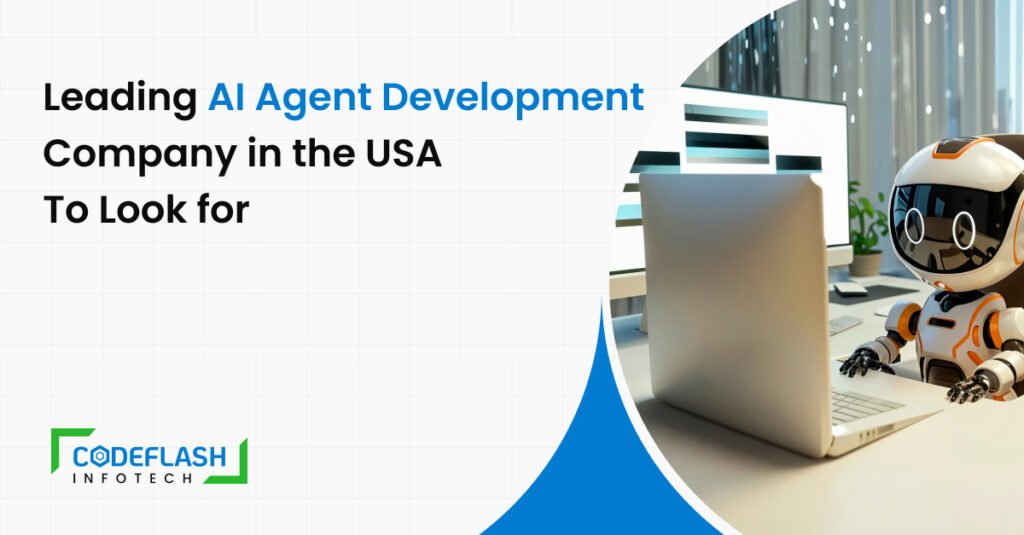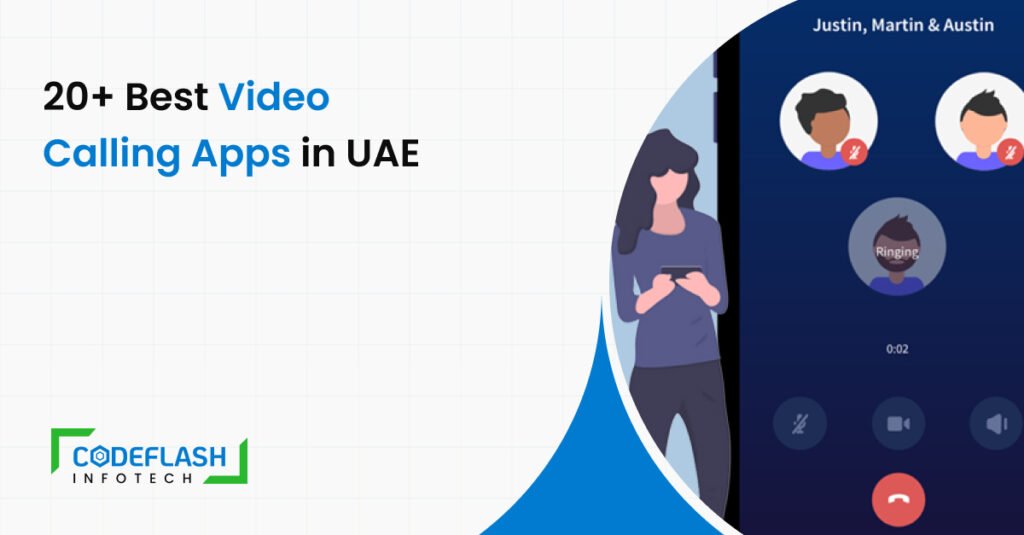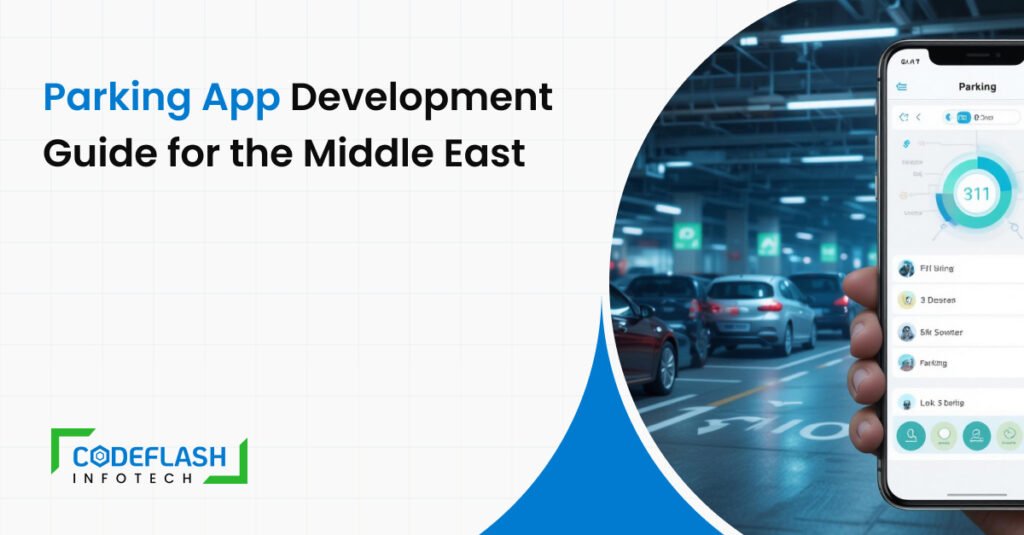
How to create an AI Chatbot: A Comprehensive Step-by-Step Guide
04 February
In the current world, organizations and developers are using artificial intelligence (AI) chatbots more and more for communication and support. Whether you are a new business or a business running for generations, understanding how to create an AI chatbot can make a difference to the usability and efficiency. Chatbot statistics suggest that companies will save up to $11 billion and nearly 2.5 billion hours by using chatbots. This guide not only explores how to create an AI chatbot but also provides a step-by-step approach to development. By learning how to create an AI chatbot, businesses can unlock new opportunities for streamlined customer support. If you’re curious about how to create an AI chatbot, this is the ultimate resource to guide you..
So, this guide provides a step-by-step approach to building an AI chatbot while exploring key considerations for development.
Understanding AI Chatbots

Step 1: Define Your Chatbot’s Purpose
Once you have the idea of developing a chatbot, make sure that you define the objective of the chatbot. Explain what need it addresses and who will be benefited from it. Describe in detail which issues it will address and for what audience the product will be developed. For instance a retail shop may require a chatbot for product information, and a health facility may require one for appointments.
Knowing the purpose and intent of your chatbot helps you set up what your chatbot will be capable of and the level of complexity in the creation of your chatbot. It also assists you to check that the chatbot will fulfill the intended goals of the enterprise and the consumers.
Have questions about building your AI chatbot? Email us
Step 2: Choose the Right Technology Stack
Choosing an accurate technology stack for the construction of a chatbot is significant to enhance the efficiency of the chatbot. Python is widely used for AI chatbot development because of the available libraries for NLP and ML such as Natural Language Toolkit (NLTK), TensorFlow, and PyTorch since they make implementation easier. Hire Python developers who can ensure best performance and quick acceleration of the development process.
Working with an excellent Python development company helps one get in touch with experienced personnel who can incorporate complex AI capabilities effortlessly. Thus, if the chatbot is to be deployed in Android OS, then you might require designing of Android native applications.
Step 3: Select a Chatbot Framework or Platform
There are several frameworks and platforms available for chatbot development, each catering to different needs:
- Dialogflow: Google’s NLP system is ideal for designing conversational interfaces as a tool.
- Rasa: An open source platform that provides for enhanced configuration and interoperability.
- Microsoft Bot Framework: Ideal for deploying chatbots across multiple channels.
Step 4: Design the Conversation Flow
Step 5: Implement NLP and Machine Learning
NLP helps the chatbot know the intention of users as well as the conversation they are having. Import libraries such as spaCy or NLTK when working with the more advanced text data processing and analysis. However, more complex mechanisms can be devised by training machine learning models, which cause the robots to learn typical response patterns.
If time is a constraint please use pre-trained models or datasets for implementation. For example, Hugging Face provides an array of conversational AI models that could be fine-tuned for different use cases.
Curious about our work? Check out our portfolio to see how we’ve helped businesses
Step 6: Develop and Integrate APIs
APIs (Application Programming Interfaces) play a critical role in enabling your chatbot to interact with external systems, such as databases, CRMs, or third-party applications.
Flask and FastAPI are the major frameworks used in programming to develop strong APIs using Python. An experienced Python development company can also contribute to delivering safe and robust APIs in line with the need of your chatbot.
Step 7: Test Your Chatbot Thoroughly
Step 8: Deploy and Monitor
Once you have developed your chatbot, integrate it on appropriate available channels including; web application, mobile application and social media among others. It includes its post-deployment use and assessment of its effectiveness with key tools commonly used in analytics, such as response accuracy, engagement, and retention.
Key Considerations for AI Chatbot Development
- Data Privacy and Security: It will be important to make sure that the chatbot meets certain standards such as GDPR. Use of encryption and secure storage to manage user’s data to enhance the data protection services.
- Scalability: You should design the chatbot in a way that it has the capacity to handle higher user interactions as your business expands.
- Multilingual Support: You may need to expand your target audience across different regions; you may want to make your app multilingual to make it more accessible.
Conclusion
Developing an AI chatbot involves careful planning, the right technology stack, and a focus on user experience. Each of the stages is equally important when informing steps and actions towards the implementation of the chatbot to meet the business objectives and user needs. Hiring services of an experienced team including Python development company or Android app development services will help in making the process easier and making the chatbot more powerful.
Frequently Asked Questions
The cost varies based on complexity, features, and development time. The basic version of a chatbot can be purchased for several thousand dollars, while an advanced AI chatbot can be more than $50,000. When you hire a Python development company, you can save a lot of money.
Platforms Dialogflow and ChatGPT have no code or low code options for developing basic chatbots. However, the sophisticated chatbots with AI capabilities are relatively sophisticated and it would be better to outsource the job to Python developers.
It will depend on the level of difficulty of the chatbot to be created. The process of developing rule-based chatbots might take several weeks and launching intelligent chatbots may take several weeks or even several months of design and optimization.
Python provides a vast number of libraries and frameworks for AI and NLP which makes it suitable for chatbot creation. The use of the created framework is simple, and it can easily be incorporated to support more complex features.
Mostly, yes, a majority of the chatbot frameworks supports platform independence deployment. Your chatbot can be deployed on websites, mobile applications, social media and messaging platforms that include WhatsApp, Facebook Messenger and others.





